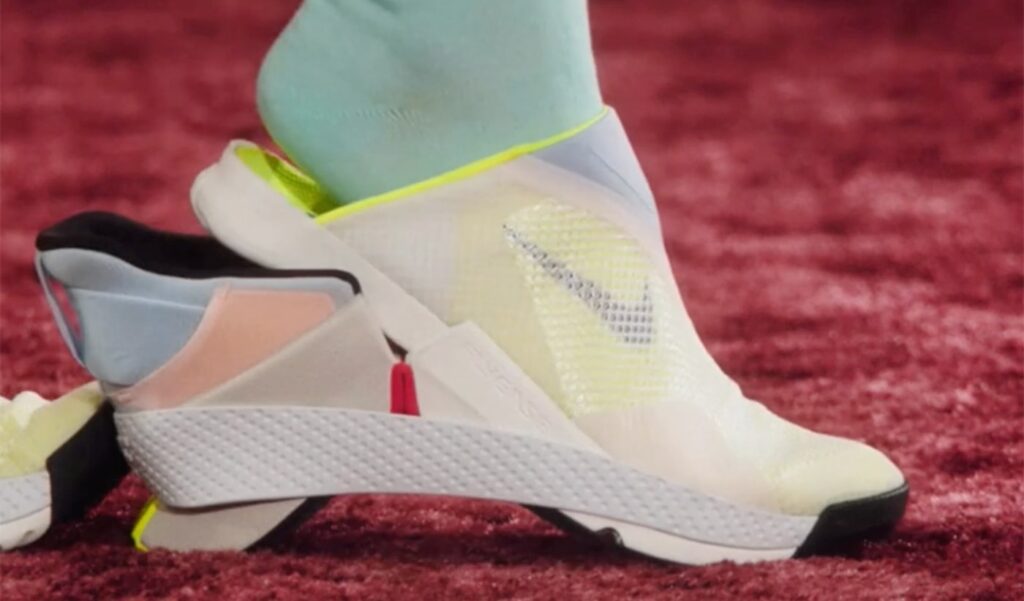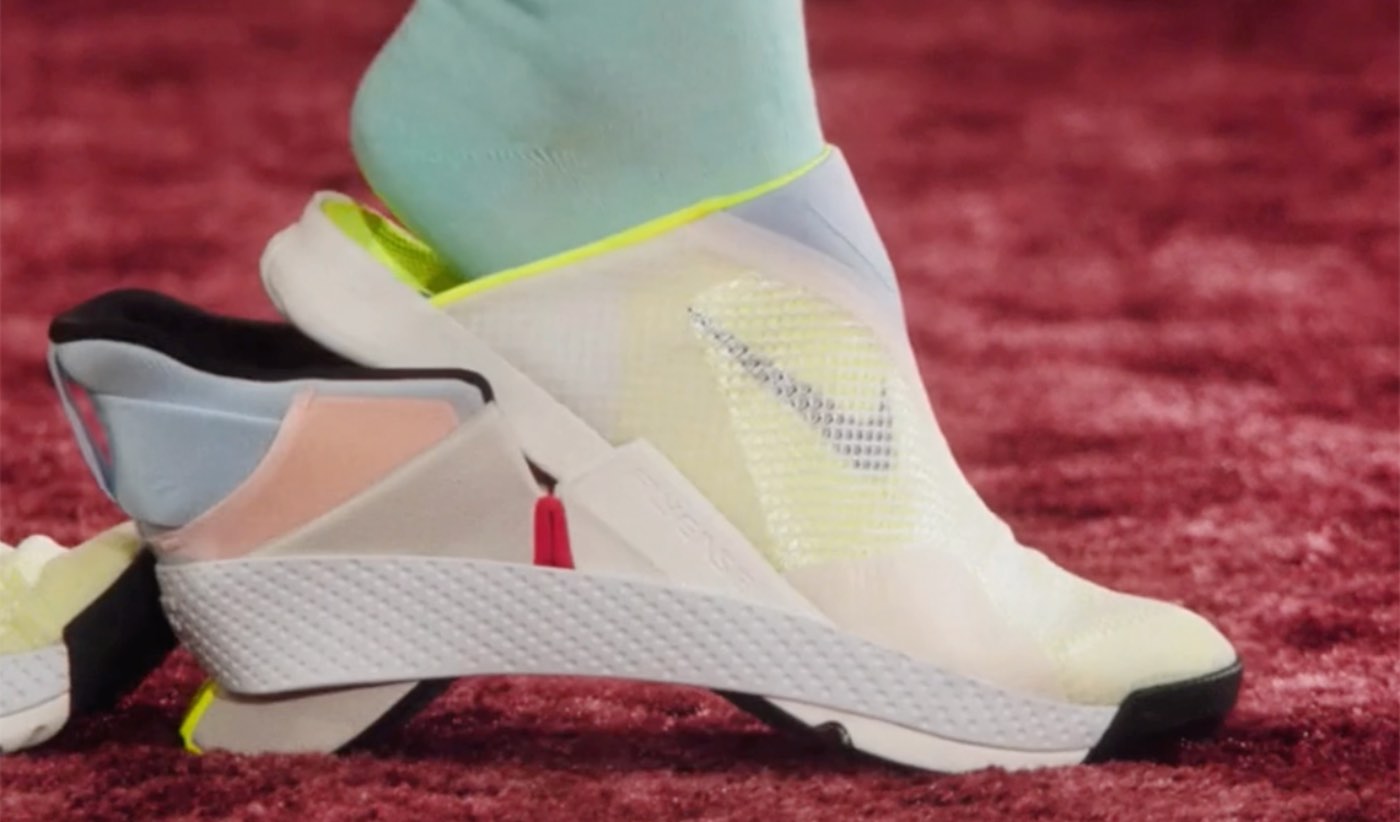As many times as Nike has revolutionized the shoe, their latest groundbreaker is an option designed not for elite athletes, but to answer a specific need that has gone largely unaddressed.

Called the Flyease Go, it is the first totally hands-free shoe, enveloping and releasing your feet solely through natural motion—a bit like Tony Stark putting on his Iron Man suit.
The revolutionary shoe is perfect, says a top Nike designer, for pregnant women in their third trimester, arthritis patients, or those who have lost some or all of the use of their arms—such as stroke victims or injured military veterans.
In a chipper article on Fast Company, Nike designer Tobie Hatfield recounted the story of how in 2008, the world’s largest athletic shoe and sportswear company received the unfortunate news that their very first employee had suffered a stroke and could no longer use one of his arms.
Hatfield was put in charge of designing a special shoe to accommodate one of their most treasured staff members, and came up with one involving a zipper and Velcro.
Now the genesis of that idea has led to the creation of the Flyease Go, an “everyday performance lifestyle shoe,” that is totally hands-free, and will be released in a slow rollout this year starting at $120.
Universal design
Divided in two halves restrained by a neoprene tension band, but with a limited, two-stage hinge in the middle of the outsole, the slipper or loafer-like front portion of the shoe arches up to a 30-degree angle as the hinge opens when the shoe is not being worn.
The heel bends the same, but in the opposite direction, and when the foot is inserted into the loafer-like front, a simple pressing motion closes the hinge, refastening the neoprene band and pulling the two halves together snug around your feet.
In the past, Nike has drawn inspiration from the titans of human athleticism—Mohammed Salah, LeBron James and the like—but here they’ve taken inspiration from one of the most iconic and universal biomechanic motions of our species.
The back heel of the shoe has a hard plastic shell, terminating in a small ledge, called “the kickstand heel,” which is the hands-free mechanism for opening the hinge, and is based on the motion we all do with our sneakers when we don’t feel like untying the laces.
You know the one we mean, when you press down on the back of the heel with one foot in order to pull your foot out of the shoe.
MORE: Nike Designs New Sneakers Specifically for Nurses and Doctors Who Have to Stay On Their Feet All Day
“What I love about this shoe in particular is we listened to the extreme needs of [people with specific limitations],” Sarah Reinertsen, the Senior Director of Nike Ease, tells Fast Company. “But with this solution we feel like it’s a universal proposition.”
RELATED: Nike Donates Tens of Thousands of Shoes They Designed Exclusively for Healthcare Workers
“We talk a lot about universal design and what universal design does when it creates an invitation for every and any athlete,” said Chief Design Officer John Hoke also. “And when we solve that problem really, really, well—like I think the Nike Go does—it creates universal appeal. It’s not going to be bound by one unique audience. It welcomes any audience because it’s so clever.”
(WATCH the Nike video below to go ‘behind the design.’)
SWOOSH This Story Over to Your Pals on Social Media…





















Great! Now make them affordable, or find a way to get insurance/Medicare/Medicaid to pay for them. Also start making them in sizes Nike won’t make for other shoes, like wide (EEEE).
I was FREED the first time I reluctantly bought walking shoes for $120 (after never paying over 50). They provided years of solid support, and worth every penny. I don’t know what the quality here is like, but do consider a shift in mindset if it makes sense for you. xxoo
The idea is there but as someone who is disabled and on disability.these are expensive. It would be nice if they took into account people on disability are on a budget and at $120 these are not something most people can afford unless you are going to work with getting the insurance company to cover them . Now that would be great. Otherwise I’ll stick to slipping a cheap pair on my foot that’s soft as my foot has CRPS and I can get a pair of moccasins for $25.00 and my problem is solved.